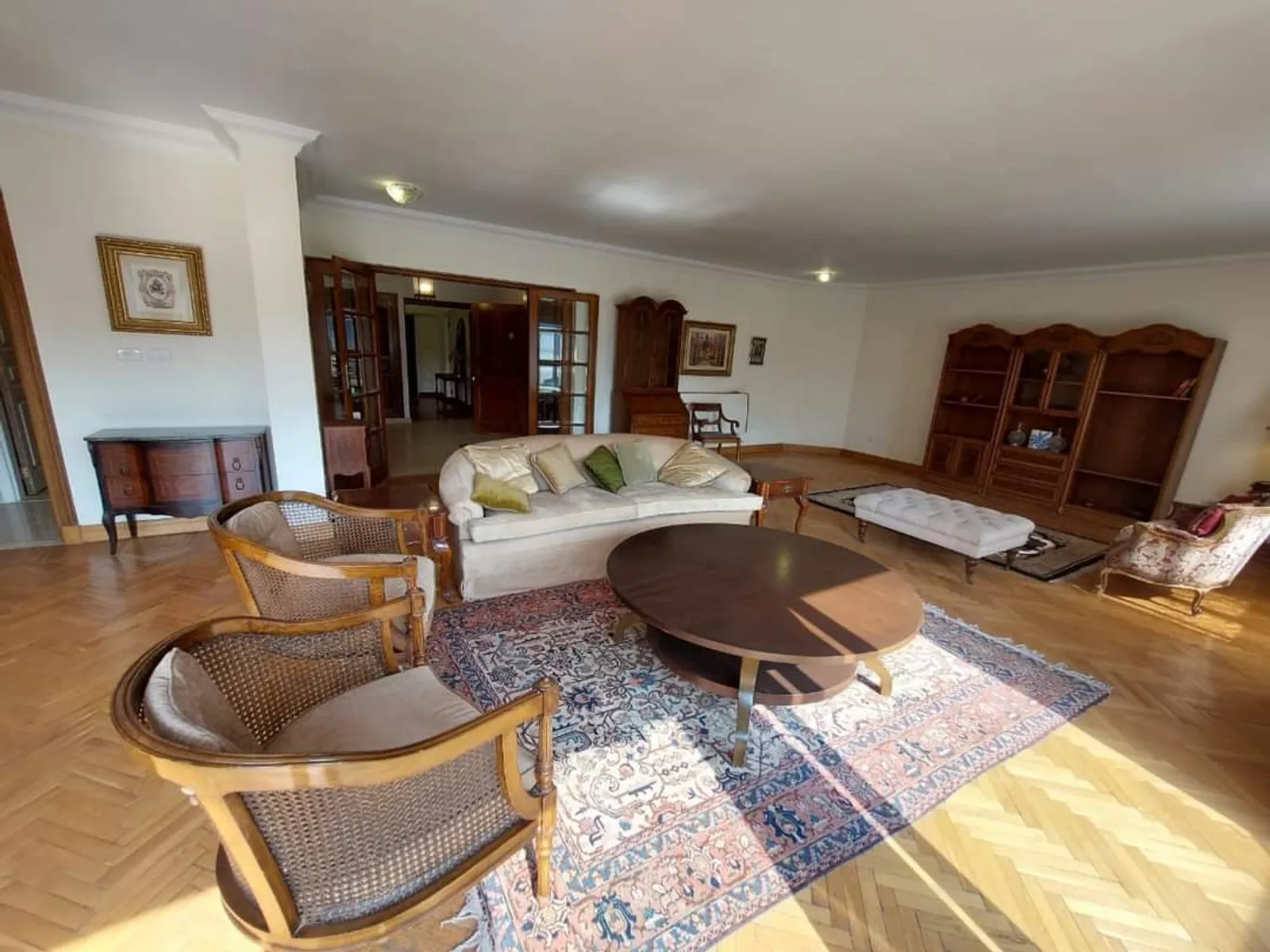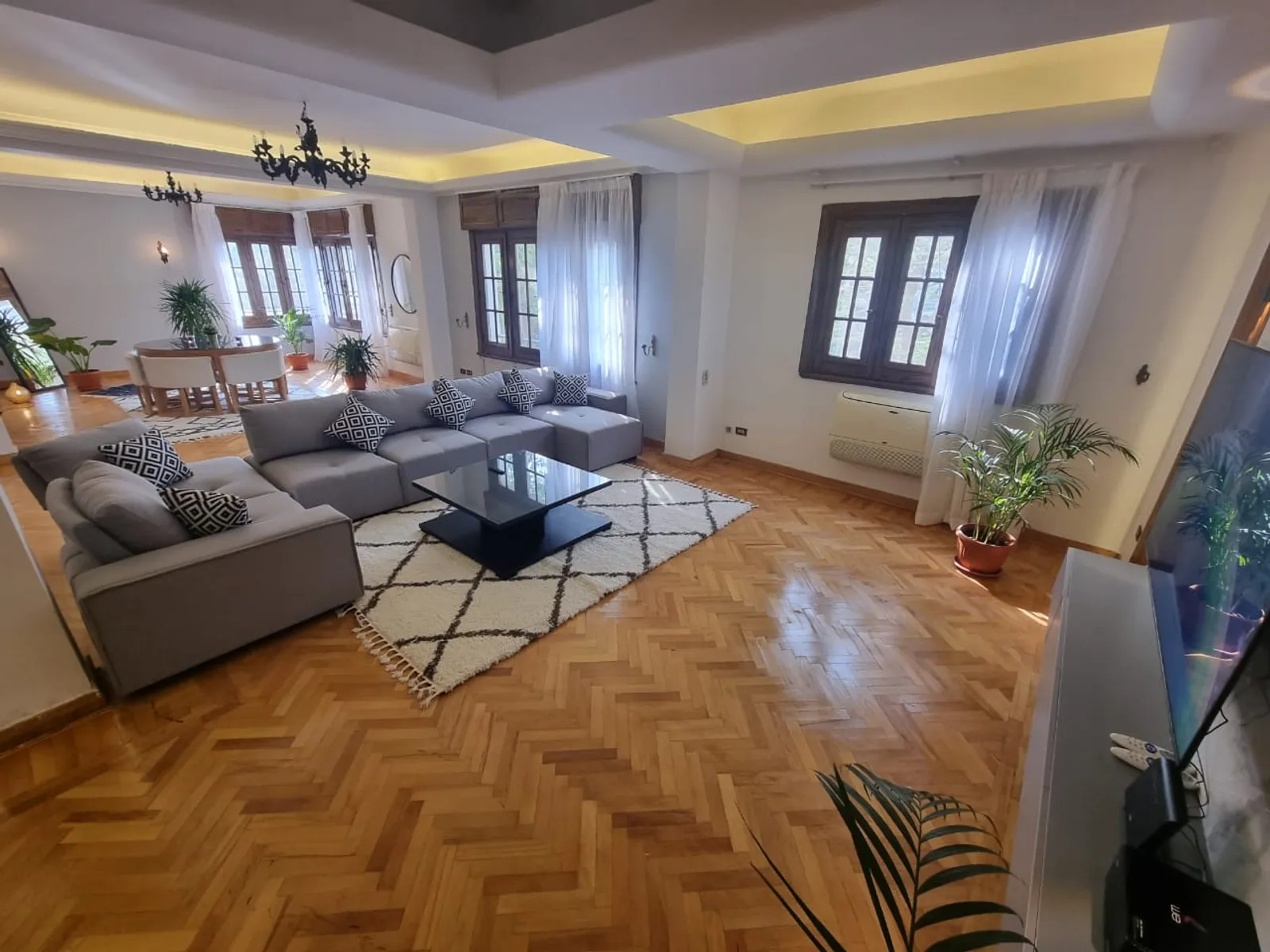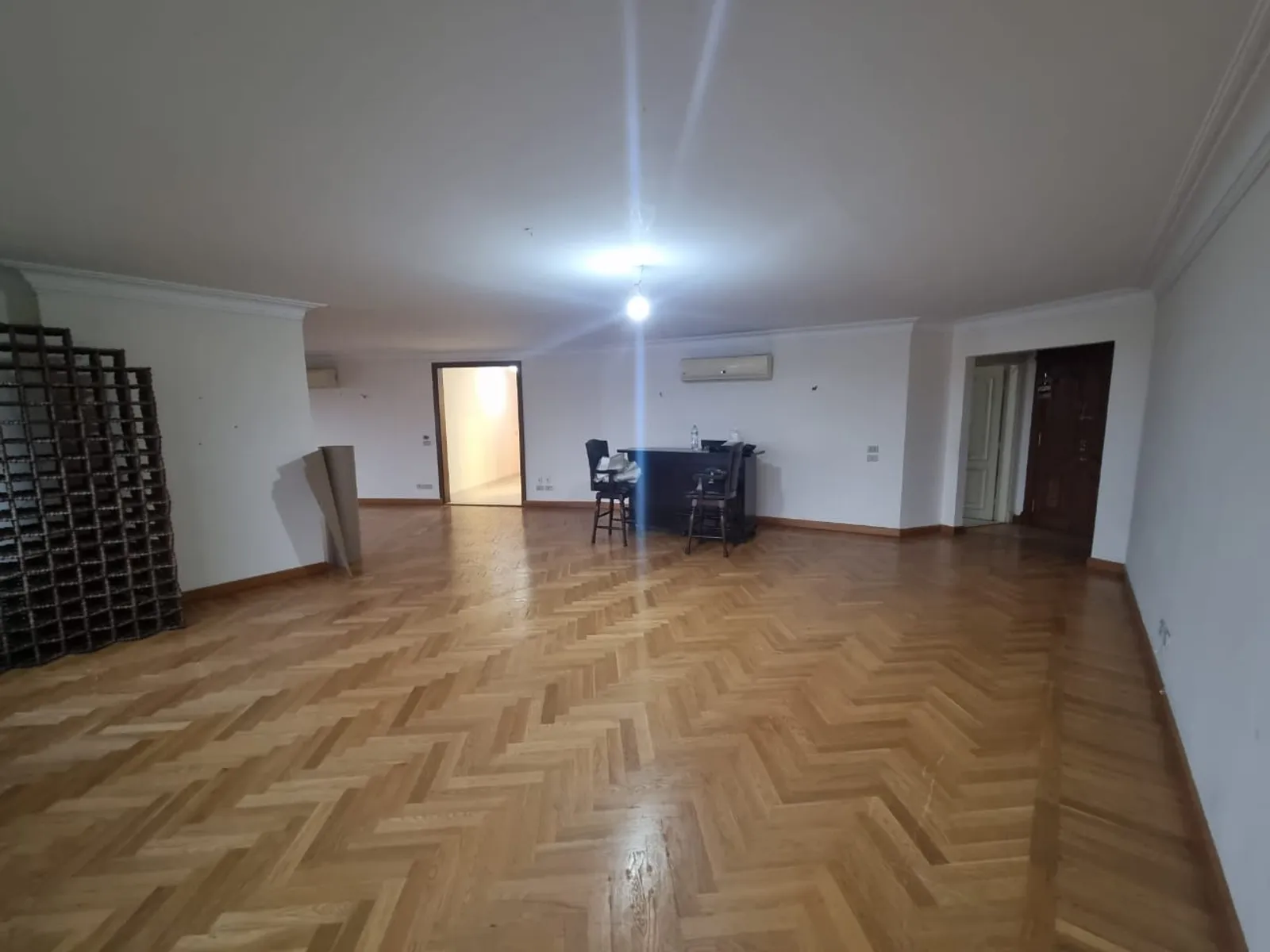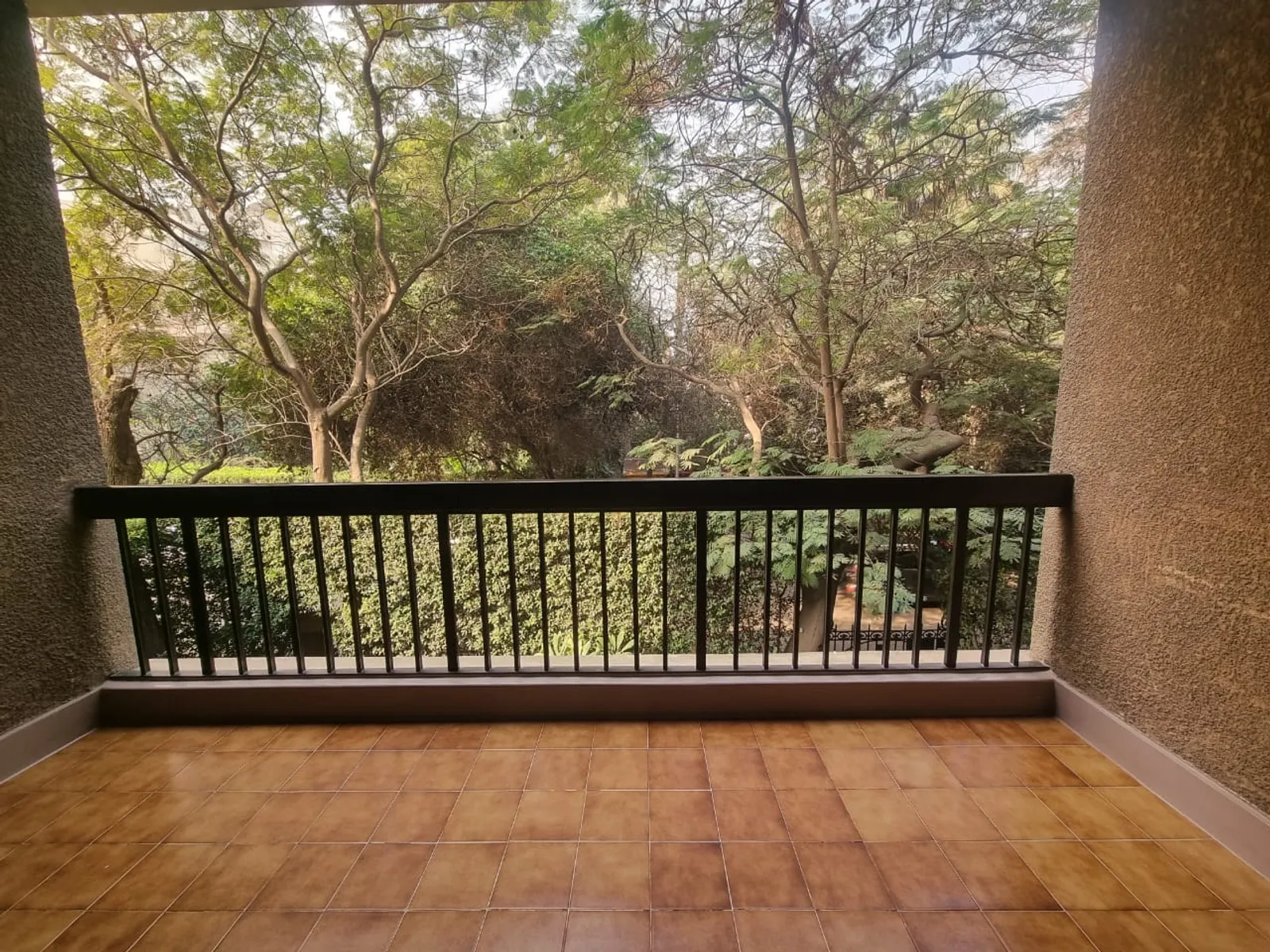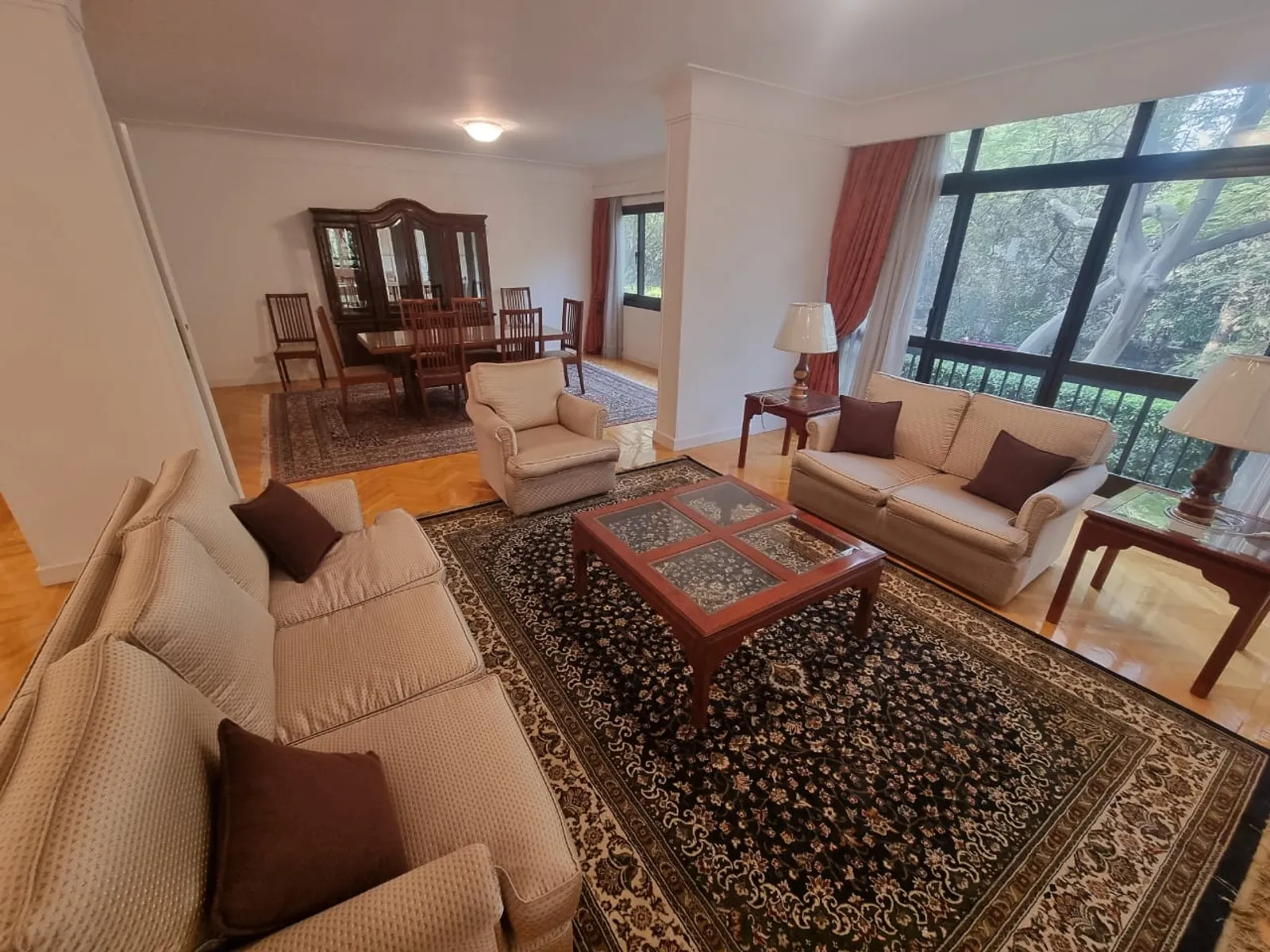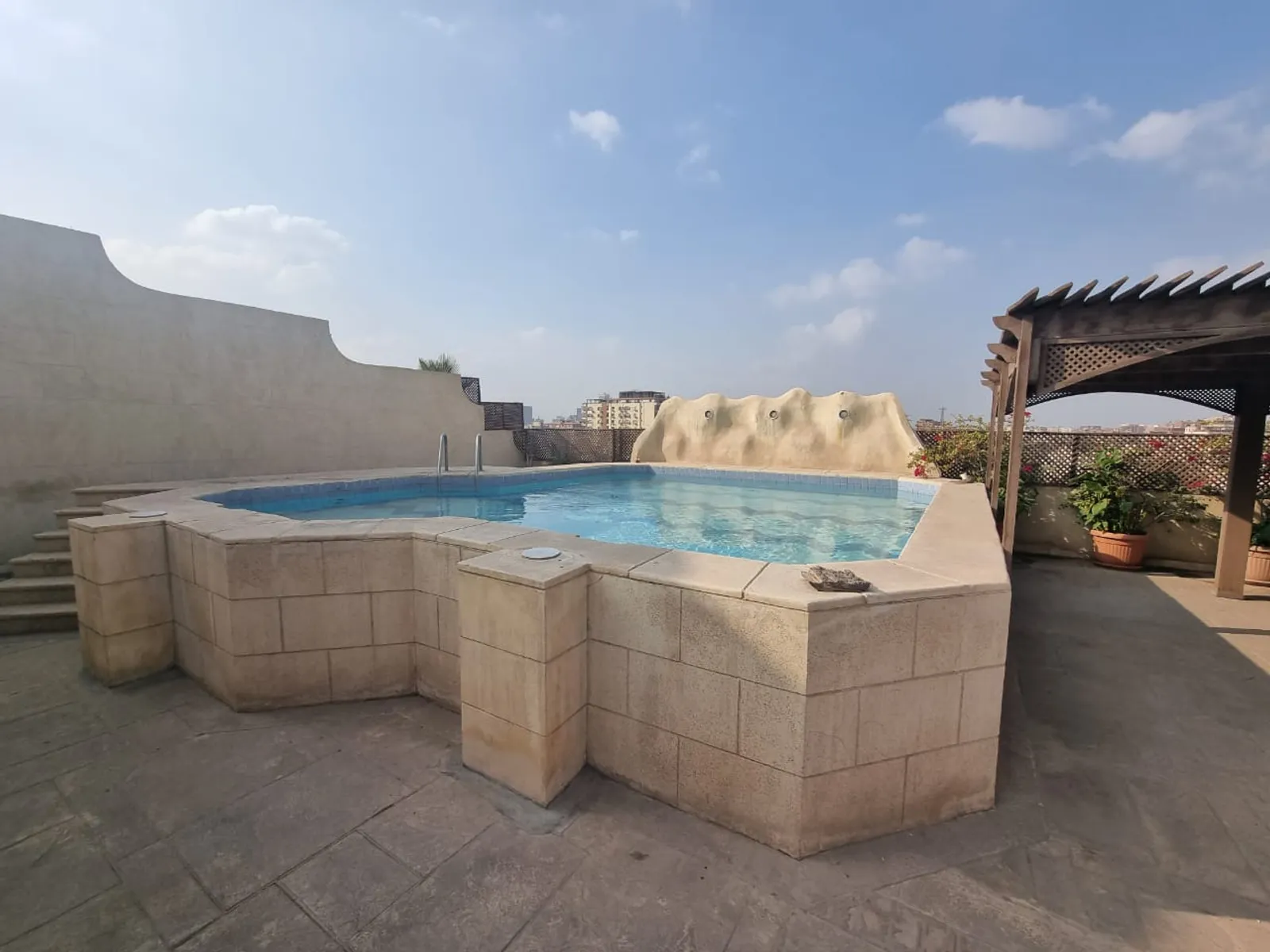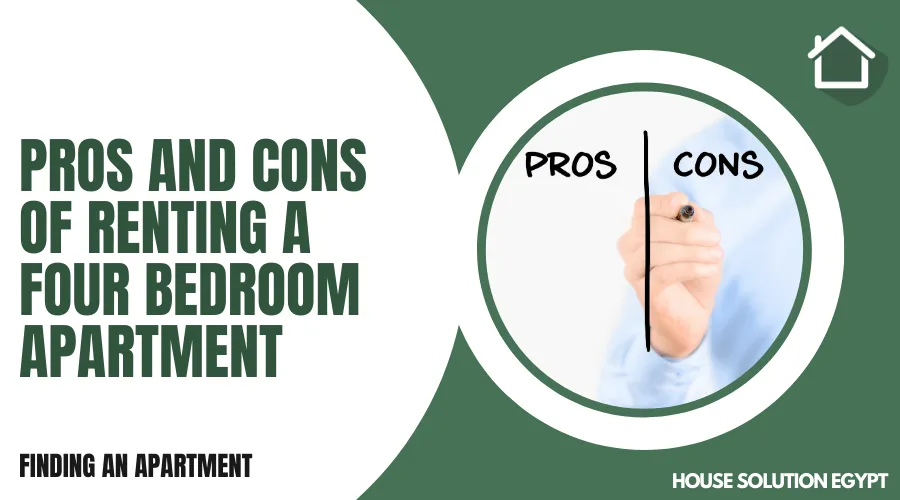WHAT IS THE DIFFERENCE BETWEEN A "FLAT" AND AN "APARTMENT"?
Renting an Apartment|9.2 MIN READ|Updated on: 22 April 2024|Written by: Marwa Samir
The terms "flat" and "apartment" are often used interchangeably, but they have different origins and meanings. In general, a flat refers to a self-contained living space that occupies part of a larger building or complex. Flats can be found in both residential and commercial buildings, and they may vary in size from small studios to large multi-bedroom units.
On the other hand, an apartment usually refers to a unit within a larger residential building that is designed for permanent occupancy. Apartments typically have their own kitchens, bathrooms, and bedrooms, as well as shared spaces such as hallways, elevators, and recreational areas. Unlike flats which may be rented out for short periods of time such as vacation rentals or business stays.
Despite these differences in terminology and usage between flats and apartments globally, many people still use the terms interchangeably without realizing that there might be some context-specific differences. When one is interested in securing either an apartment or a flat it is important to know some location-based differences so as not to mistakenly rent what was not initially intended.
What is a "Flat" & an "Apartment"?
In many countries, the terms "flat" and "apartment" are used interchangeably to refer to a self-contained living unit within a larger building. However, there are some subtle differences between the two that may vary depending on the location.
In general, flats tend to be smaller units located in older buildings, often with fewer amenities than apartments. Flats may also be referred to as studio apartments or bedsits in some regions. They typically have one main living space that serves as both a bedroom and living room, while the kitchen and bathroom are separate rooms.
On the other hand, apartments tend to be larger units found in newer buildings with more modern amenities such as elevators, gyms, and swimming pools. Apartments can range from studios up to multi-bedroom units and usually have separate bedrooms, kitchens, and bathrooms.
Whether you refer to your living space as a flat or an apartment will depend on where you're from – but for most people around the world they will mean essentially the same thing.
Flats:
When it comes to finding a place to live, the terms "flat" and "apartment" are often used interchangeably. However, there is actually a difference between the two. In general, when people refer to a flat, they are referring to a living space that is all on one level and typically located in an older building. Apartments, on the other hand, can be located in both old and new buildings and usually have multiple levels.
Another key difference between flats and apartments is their size. Flats tend to be smaller than apartments since they are often located in older buildings with less square footage available for living spaces. Apartments can vary greatly in size depending on their location and amenities.
Overall, while flats and apartments may seem similar at first glance, there are some key differences between the two that should be taken into consideration before making any housing decisions. Whether you prefer the charm of an older flat or the convenience of a modern apartment with plenty of space for your needs will depend on your personal preferences and lifestyle.
Definition, Size, Cost
The terms "flat" and "apartment" are often used interchangeably, but they actually have slightly different meanings depending on where you are in the world. In the United States, an apartment is a self-contained unit within a larger building that is owned by a landlord or property management company. Apartments can vary in size from small studios to large multi-bedroom units and typically come with amenities such as communal laundry facilities or fitness centers. The cost of renting an apartment varies widely depending on location, with cities like New York and San Francisco commanding some of the highest rental prices in the country.
In other parts of the world, particularly in Europe and Asia, the term "flat" is more commonly used than "apartment." Flats are also self-contained living units within larger buildings, but they may be owned individually rather than by a landlord or property management company. Size and cost also vary widely depending on location - for example, flats in central London can be extremely expensive due to high demand.
Whether you call it a flat or an apartment, these types of housing offer convenient and flexible living arrangements for individuals and families alike. Understanding the differences between them can help you make informed decisions about your next home.
Apartments:
The terms "apartment" and "flat" are often used interchangeably, but they do have some subtle differences. In general, the term "apartment" is more commonly used in American English, while "flat" is more commonly used in British English. That being said, both refer to a self-contained living space that is part of a larger building or complex.
One key difference between the two terms is that flats tend to be smaller than apartments. Flats are often found in older buildings and may have less modern amenities than apartments. Apartments, on the other hand, are typically found in newer buildings with more modern features like air conditioning and updated appliances.
Another difference between flats and apartments is their pricing structure. In general, flats tend to be cheaper than apartments due to their smaller size and fewer amenities. However, this can vary depending on location and other factors such as the demand for housing in the area.
Benefits of Each:
One of the main benefits of living in a flat is its affordability. Flats are usually cheaper than apartments because they are smaller and offer less privacy. However, they are perfect for individuals or couples who do not need much space and want to save money on rent. Additionally, flats often come with communal facilities such as a shared courtyard or laundry room which can be an advantage for those who enjoy socializing.
Living in an apartment, on the other hand, offers more space and privacy compared to flats. Apartments often come with additional amenities such as a gym, swimming pool, or parking space which can make them more appealing for families or individuals who value convenience and luxury. Furthermore, apartments tend to have better security measures in place such as gated entrances and CCTV cameras that provide peace of mind for residents.
Ultimately, whether you choose to live in a flat or an apartment will depend on your lifestyle needs and budget. Both options have their pros and cons so it's important to weigh them carefully before making a decision.
Advantages of a Flat:
Flats are affordable compared to apartments. They cost less for rent, utilities, and maintenance. Flats are perfect for those who do not want to spend too much money on housing or for those who want to save up on their expenses. Additionally, flats have a more communal atmosphere since there are shared facilities like the lobby and elevators.
Disadvantages of a Flat:
Flats have limited space compared to apartments. This can be an issue if you own many belongings that need storage space. Moreover, the privacy in flats is quite low as it's common to hear your neighbors' noise and conversations from next door or above/below you.
Advantages of an Apartment:
Apartments have larger living spaces than flats with multiple bedrooms and bathrooms available in some units. This makes them ideal for families or people with more belongings that need storing space as they come with built-in closets and cupboards. Additionally, most apartment complexes offer amenities such as fitness centers, swimming pools, laundry rooms, and parking areas.
Disadvantages of an Apartment:
The higher costs associated with renting an apartment are its biggest disadvantage when compared to a flat. Additional fees like security deposits may also apply to make it hard for some people to afford them. Furthermore, apartments might be situated in noisy or high-traffic areas which could disrupt daily routines, especially at night-time when trying to sleep or relax after work/school hours.
Popular Locations:
When it comes to housing, the terms "flat" and "apartment" are often used interchangeably. However, there is a subtle difference between the two that can vary depending on location. In general, flats are more commonly found in British English usage while apartments are more commonly used in American English.
In Britain, a flat typically refers to a self-contained living unit within a larger building that may contain multiple flats or units. These buildings may be old-fashioned townhouses converted into separate living spaces or modern high-rise blocks. Flats may also be less expensive than apartments due to their smaller size and simpler amenities.
On the other hand, an apartment in America generally refers to any self-contained living space within a larger building complex that may contain many such dwellings. Apartments tend to have more luxurious amenities than flats and are therefore generally more expensive.
Despite these differences, both flats and apartments serve as popular options for urban living in major cities all over the world.
Where to Find Them
When looking for a place to live, it's important to know the type of property you're searching for. While many people use the terms "flat" and "apartment" interchangeably, there are some key differences between them. Flats are typically found in older buildings and often have their own entrances directly from the outside. They may also be located on one floor of a larger building or house that has been divided into separate living spaces.
On the other hand, apartments are usually located in more modern buildings with shared entryways and common areas such as lobbies, elevators, and laundry facilities. Apartments can also come in various sizes ranging from studios to multi-bedroom units. When searching for either option, it's important to consider factors like location, amenities, cost, and accessibility.
There are several resources available when searching for flats or apartments including online rental websites such as Zillow and Apartments.com. Local real estate agents can also help with finding properties that fit your specific needs while word-of-mouth recommendations from friends or family members can provide valuable insights into different neighborhoods and landlords.
Final Thoughts
In conclusion, the terms "flat" and "apartment" refer to essentially the same type of living space. The main difference lies in their regional usage. In the UK, the term "flat" is more commonly used to describe a self-contained living space within a larger building, while in the US, "apartment" is usually preferred for this purpose.
While the terms "flat" and "apartment" are often used interchangeably, there are some subtle differences between the two. Flats are typically found in older buildings and tend to have a more traditional layout with larger rooms and higher ceilings. They may also be located on one level or split across multiple levels within a building.
On the other hand, apartments are usually found in modern buildings and come equipped with amenities such as elevators, security systems, gyms, or pools. They can vary in size but generally offer more compact living spaces than flats. Additionally, apartments may also come furnished or unfurnished depending on the lease agreement.
Overall, whether you choose to live in a flat or an apartment will depend on your personal preferences and priorities. Both offer unique advantages that cater to different lifestyles and needs. Ultimately, it's important to carefully consider your options before making a decision about where to call home.



